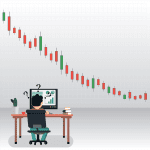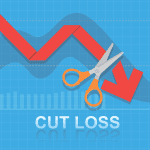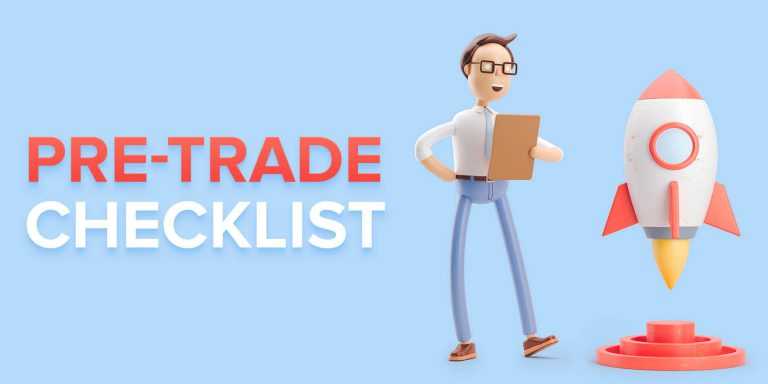If you ask a seasoned trader what skills are necessary for success, chances are they will offer answers such as discipline, consistency, and of course, perseverance. While all of these are true, there is one skill often overlooked: the ability to multitask. Traders must be able to analyze the market, read signals, conduct technical analysis — all of this and more, sometimes in a matter of seconds.
All of the skills mentioned above develop with time and training. If you’re just starting out, it can be difficult to juggle all of the particulars of trading. To keep track of everything that’s going on, it’s highly recommended to use a pre-trade checklist. Not only will a checklist help ensure you don’t miss anything important or make simple mistakes before entering a trade, but it will also enable you to evaluate your trades after the fact.
Before diving into some of the items found in a pre-trading checklist, it’s worth pointing out that a checklist is not a trading plan! A trading plan is your strategy for trades, while a checklist is a tool to help you execute that strategy. That being said, it’s best if you tailor your checklist to your specific plan. Here is just a sample of what you may choose to include.
Set up conditions
 Refer to your trading plan and check if the conditions on the screen align with the technical and fundamental conditions necessary for implementing your strategy. Is the market bullish or bearish? Are you trading with or against the trend? Are you using the appropriate time frame for the instrument you’re trading? The performance of your trade depends on your set up, so it’s important you are thorough when reviewing these conditions.
Refer to your trading plan and check if the conditions on the screen align with the technical and fundamental conditions necessary for implementing your strategy. Is the market bullish or bearish? Are you trading with or against the trend? Are you using the appropriate time frame for the instrument you’re trading? The performance of your trade depends on your set up, so it’s important you are thorough when reviewing these conditions.
Position size
Double check those numbers! You don’t want to put your funds at risk by accidentally overlooking an extra number. Speaking of risk, revise your risk-reward ratio. Does your capital allow for the ratio you’ve chosen? Is it wise to use leverage on this trade? If not, you might want to reconsider your strategy.
Stop-loss
 Once you’ve figured out the risk-reward ratio you want to go with, you may decide to use stop-loss orders to help manage your losses. Most traders agree stop-loss is a must in trading, but it will only help if you put your stop-loss at a logical level. At the same time, however, the level should be enough where stop-loss is able to do its job and manage your risk.
Once you’ve figured out the risk-reward ratio you want to go with, you may decide to use stop-loss orders to help manage your losses. Most traders agree stop-loss is a must in trading, but it will only help if you put your stop-loss at a logical level. At the same time, however, the level should be enough where stop-loss is able to do its job and manage your risk.
Market catalysts
Are there any events taking place before or during the time you are planning to trade? Earnings reports, company announcements, and news tend to affect market conditions. In some cases, such events result in abrupt changes. Nonetheless, researching beforehand already puts you ahead of the game. It can also give you an idea of market volatility.
Emotional/Mental state
 Take a quick moment to assess your emotional state before entering a trade. Is your mind clear, or are you feeling stressed out? Is there something about this trade that doesn’t sit right with you? Asking yourself these simple, quick questions can help prevent emotions from getting the best of you while you trade.
Take a quick moment to assess your emotional state before entering a trade. Is your mind clear, or are you feeling stressed out? Is there something about this trade that doesn’t sit right with you? Asking yourself these simple, quick questions can help prevent emotions from getting the best of you while you trade.
Your checklist doesn’t have to be long or complicated, but it does have to be something you can easily understand and follow. Some traders write out their checklists, others type them up, and a number of them even laminate it. The most important thing is to keep it close so you are able to refer to it when necessary.

